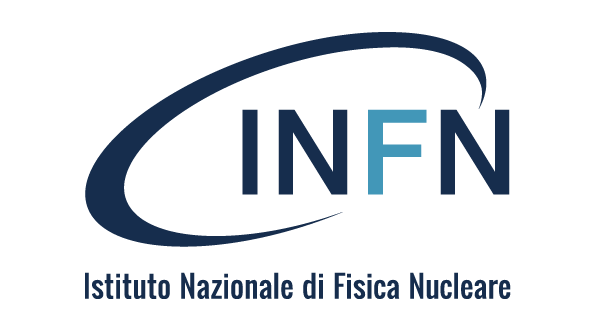PEOPLE
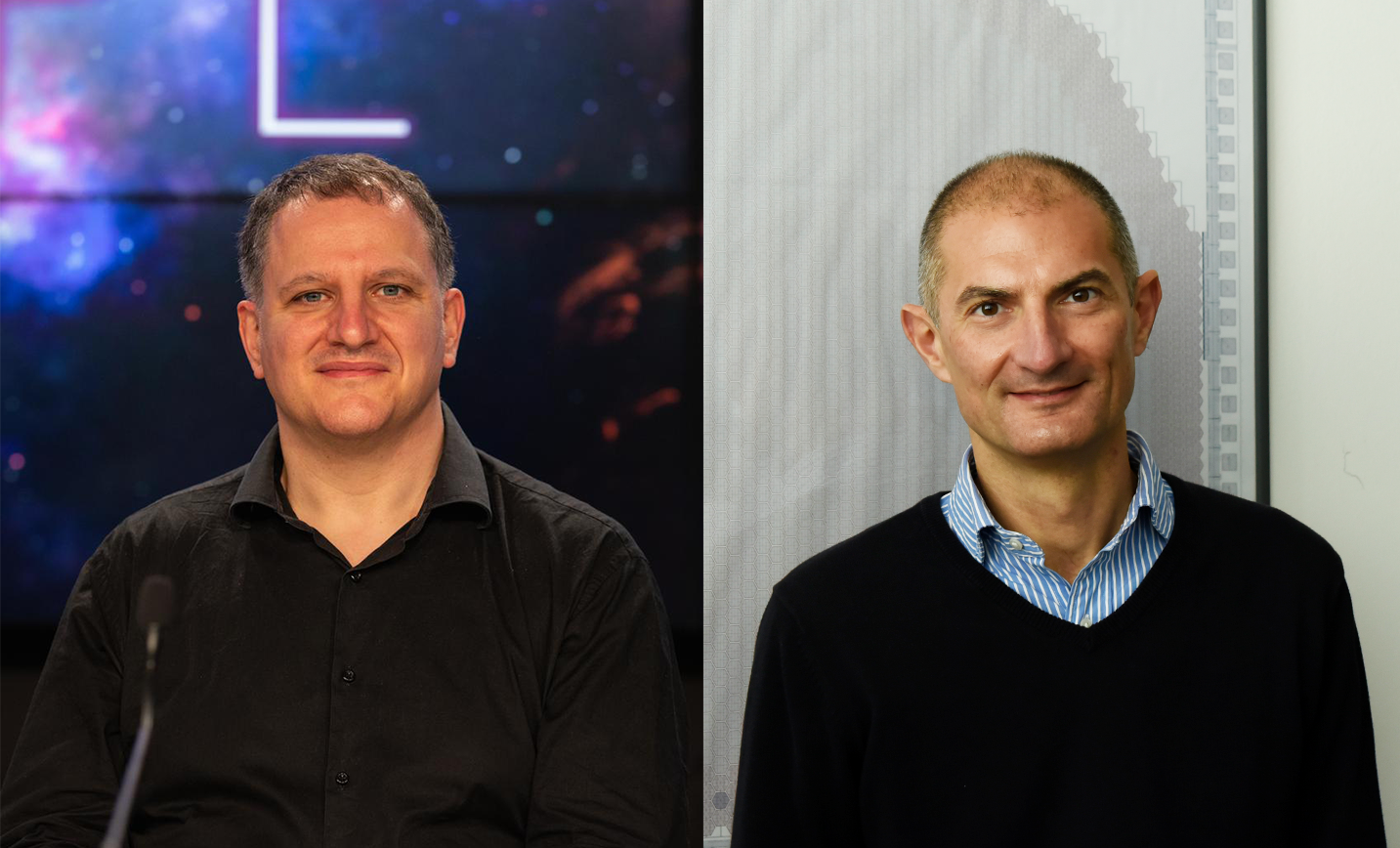
IXPE SPACE MISSION KICKS OFF, THE FIRST ONE ENTIRELY DEDICATED TO THE STUDY OF POLARIZED X RADIATION
Interview with Luca Baldini, INFN national spokesperson for IXPE (X-ray Polarimetry Explorer) and co-Principal Investigator of the mission, and Luca Latronico, INFN researcher and local spokesperson for IXPE for the Turin division.
In the early morning of Thursday 9 December when it was 7 a.m. in Italy, the spectacle provided by the trail of the boosters of the Falcon 9 launcher, which illuminated the night sky above NASA Kennedy Space Center in Cape Canaveral, Florida, greeted the launch of the mission X-ray Polarimetry Explorer (IXPE), which only forty minutes later reached its operational orbit at an altitude of 600 kilometres and inclined just 0.2 degrees compared to the equator.
Dr Latronico, on 9 December, the IXPE mission got underway. Can you describe to us what are the main instruments on the IXPE satellite and what is the main purpose of the mission?
IXPE has only one instrument on board, entirely dedicated to the measurement of the polarisation of X-ray radiation of astrophysical origin. This instrument consists of three identical telescopes, each of which includes an X-ray lens and a Detector Unit (DU), which houses the polarisation-sensitive Gas Pixel Detector, the reading electronics, the thermal control system, and the calibration sources.NEWS
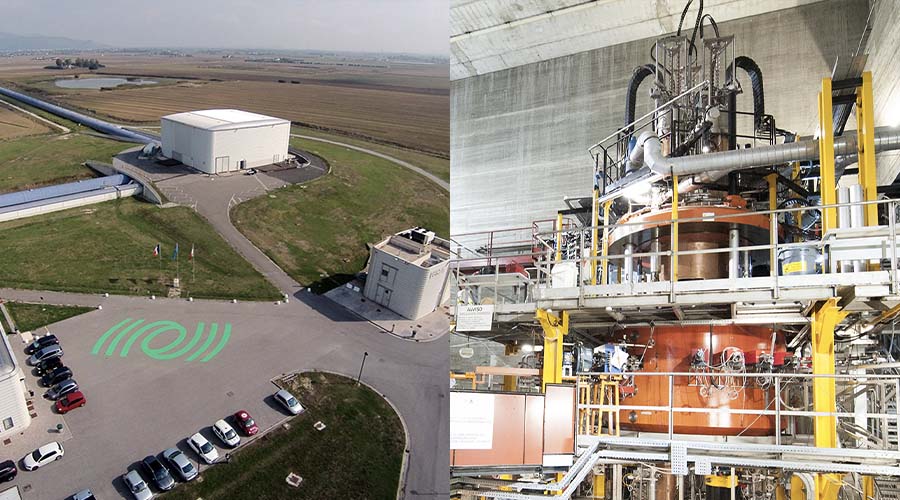
AWARDS
PRIN 2020: 11 WINNING PROJECTS INVOLVING INFN, WITH THREE AS PROJECT LEADER
There are 11 PRIN (Research Projects of National Interest), recently selected by the Ministry of Universities and Research in the framework of the PRIN 2020 call for proposals, involving INFN, in three of which INFN is the lead partner.
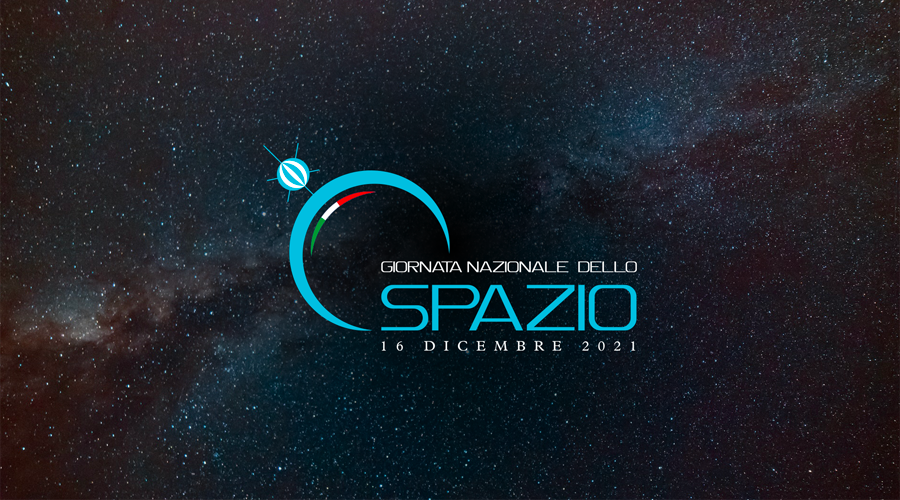
EVENTS
SPACE TO PARTICLES: INFN FOR THE ITALIAN NATIONAL SPACE DAY
On 16 December, INFN joined the celebrations of the first Italian National Space Day, an initiative established by the Presidency of the Council of Ministers, with the coordination of the Italian Space Agency, on the day in which the first Italian satellite, San Marco 1, was launched in 1964.
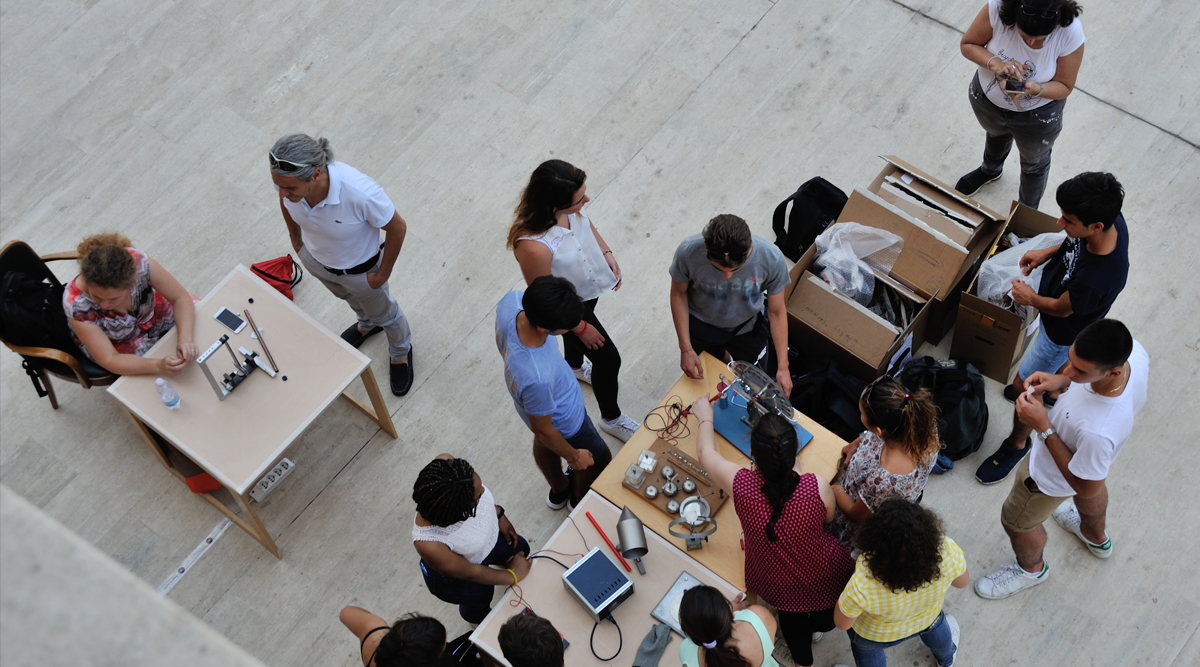
OUTREACH
6TH EDITION OF LAB2GO PROJECT GETS UNDERWAY WITH 800 PARTICIPANTS
On 13 December 2021, the national opening event of the 6th edition of Lab2Go - Physics, INFN project for PCTO (pathways to support Italian high school students in the development of transversal Skills and Orientation), created in collaboration with Sapienza University of Rome, took place.
FOCUS
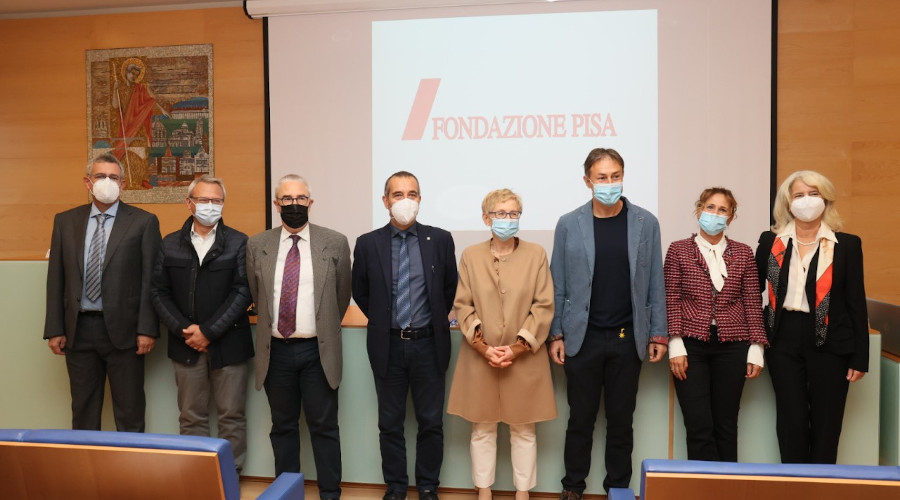 FLASH THERAPY GIVES NEW HOPE FOR TREATING TUMORS
FLASH THERAPY GIVES NEW HOPE FOR TREATING TUMORS
Radiotherapy is a powerful weapon in cancer treatment; it is recommended for 50-60% of cancer patients and many of them are cured. Nevertheless, despite huge technological advances over the past 20 years, it is still limited by radiation-induced toxicity to healthy tissue. Early preclinical studies have shown that irradiation at doses far higher than those currently used, but for shorter times than those currently practised, reduces the toxicity induced by radiation while maintaining equivalent effectiveness in fighting the tumour: a radiobiological effect known as the FLASH effect.
TAKE PART IN
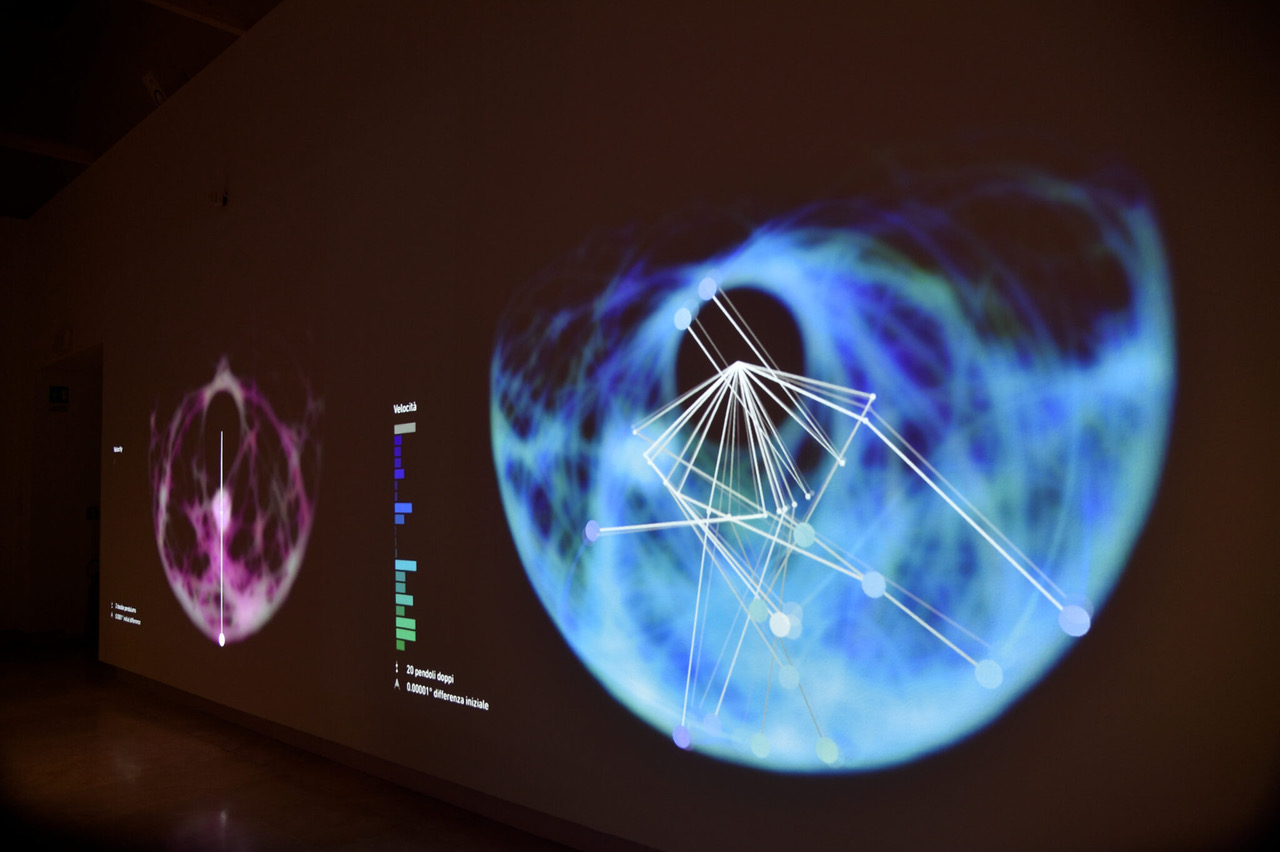 UNTIL FEBRUARY 27, 2022 - THE EXHIBITION “UNCERTAINTY” CONTINUES
UNTIL FEBRUARY 27, 2022 - THE EXHIBITION “UNCERTAINTY” CONTINUES
The exhibition curated by INFN "Uncertainty. Interpreting the present, predicting the future" continues at the Palazzo delle Esposizioni in Rome. The exhibition, dedicated to the theme of uncertainty and how science has learned to understand and "manage" it, is part of the wider Palaexpo special project "Three Stations for Art and Science", promoted by Roma Culture, which includes the exhibitions "La Scienza di Roma" and "Ti con Zero".
INFORMATION AND CONTACT
Images cover
Final stages of the IXPE mission integration
Download the newsletter in pdf format
ENGLISH VERSION | ITALIAN VERSION
INFN - COMMUNICATIONS OFFICE
comunicazione@presid.infn.it
+39 06 6868162
EDITORIAL BOARD
Coordination:
Francesca Scianitti
Project and contents:
Cecilia Collà Ruvolo, Eleonora Cossi, Matteo Massicci, Anna Greco, Francesca Mazzotta, Francesca Scianitti, Antonella Varaschin
Design and Mailing Coordinator:
Francesca Cuicchio
Francesca Cuicchio
Translation
ALLtrad
ICT service:
Servizio Infrastrutture e Servizi Informatici Nazionali INFN
